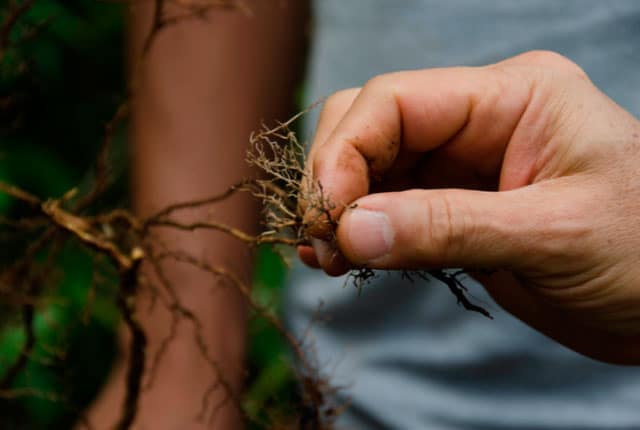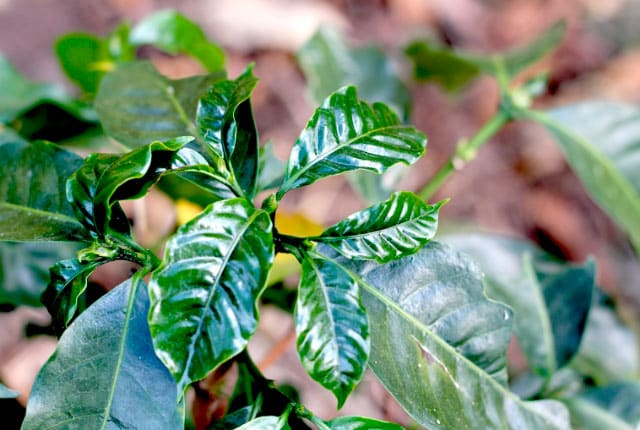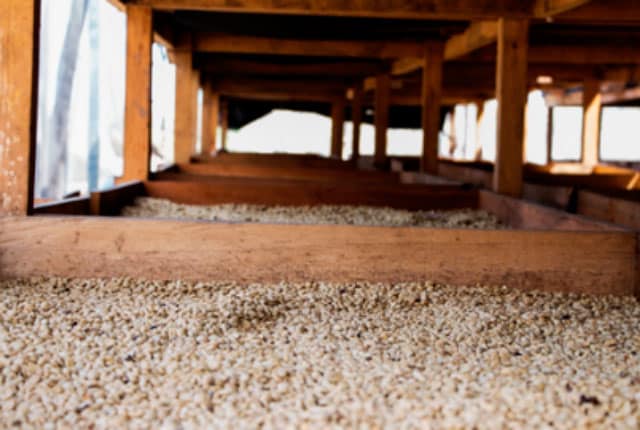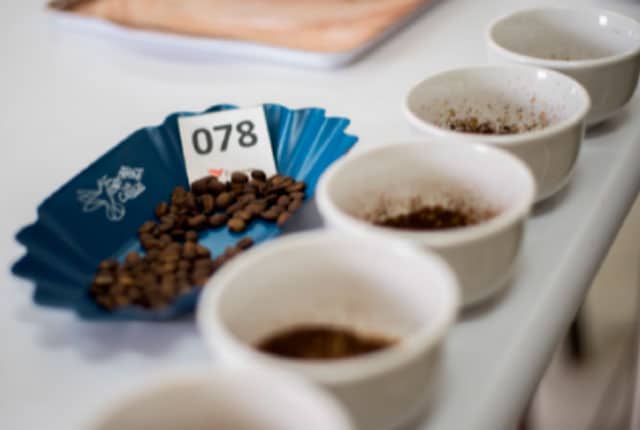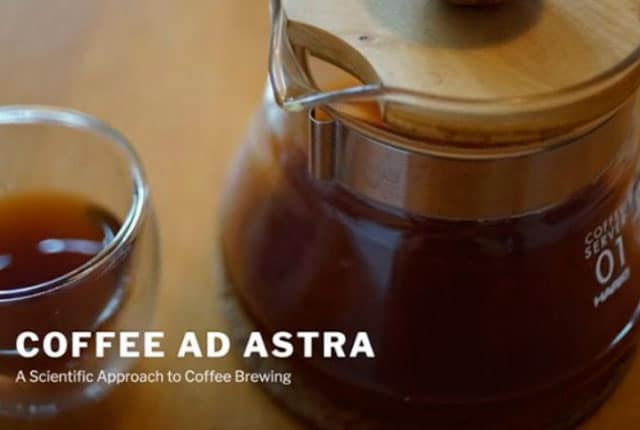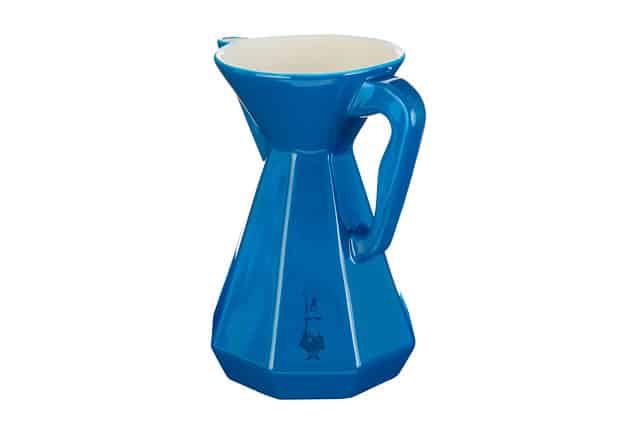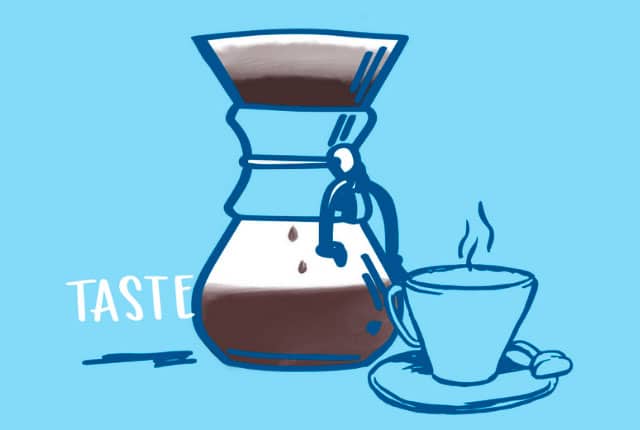Delicate filter coffees and bold espressos aren’t solely found in coffee shops. Brewing coffee can be done from the comfort of your own home, too. It’s an enjoyable pastime that has delicious results. Plus, you get to learn something new every day. We’ve put together a guide on how to brew the perfect cup of coffee at home, whether you’re new to specialty coffee or a seasoned pro. Read on to find out how to make coffee at home and discover some top tips to get the best results. IF YOU’RE NEW TO HOME BREWING Whether you’re taking your first steps into making coffee at home, or have a fair Read the full article…
Continue Reading


